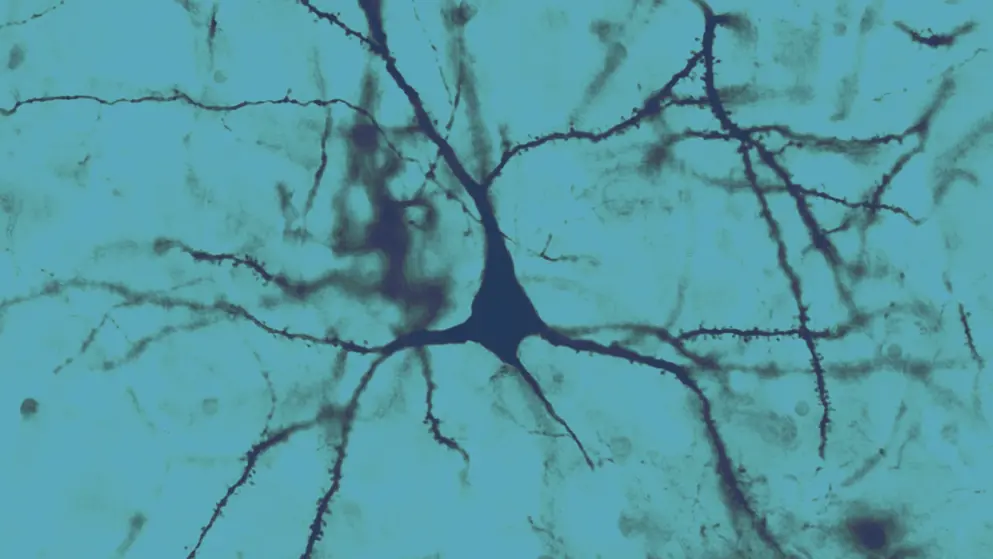
Migraine
Migraine is a neurological disorder that usually features a severe headache, and is often accompanied by nausea, disturbed vision, and sensitivity to light and sound. It is common, affecting around 1 in 7 people globally. Attacks can be debilitating, lasting in some cases up to 3 days, and interfere with daily life.
What causes migraines?
Migraine is thought to result from a combination of genetic, environmental, and neurological factors, though its exact cause remains unclear. Common triggers include stress, hormonal changes, sleep disruption, and diet.
Pathogenesis involves both peripheral and central nervous system components, particularly activation of the trigeminovascular system and release of neuropeptides, such as calcitonin gene-related peptide (CGRP), promoting vasodilation and inflammation.
What symptoms signal or accompany a migraine?
Migraine episodes may include up to four phases:
- The prodrome phase precedes the headache and may involve symptoms such as fatigue, neck stiffness, and mood changes
- The aura phase can precede or coincide with the headache and features transient visual or sensory disturbances (e.g., flashing lights, blind spots, numbness), which usually lasts for 5–60 minutes
- The headache phase typically presents with unilateral, pulsating pain lasting 4–72 hours, often accompanied by nausea, vomiting, and photophobia
- The postdrome follows the headache, with lingering fatigue or cognitive symptoms
How are migraines diagnosed?
Diagnosis is clinical and based on medical history, symptoms, and a physical and neurological examination. Neuroimaging is indicated only in cases with atypical features or abnormal neurological examination.
What are the treatment approaches?
Management includes acute and preventive strategies:
- Acute treatment comprises simple analgesia, nonsteroidal anti-inflammatory drugs (NSAIDs), triptans, and antiemetics
- Preventive therapy, recommended for patients who experience frequent, disabling attacks or who do not respond to acute treatments, includes beta-blockers, anticonvulsants, calcium channel blockers, tricyclic antidepressants, and monoclonal antibodies
Developed by EPG Health for Medthority, independently of any sponsor.
Managing menstrual migraine
Read a review of menstrual migraine, including acute and prophylactic management, and the role of oral hormonal contraception.



